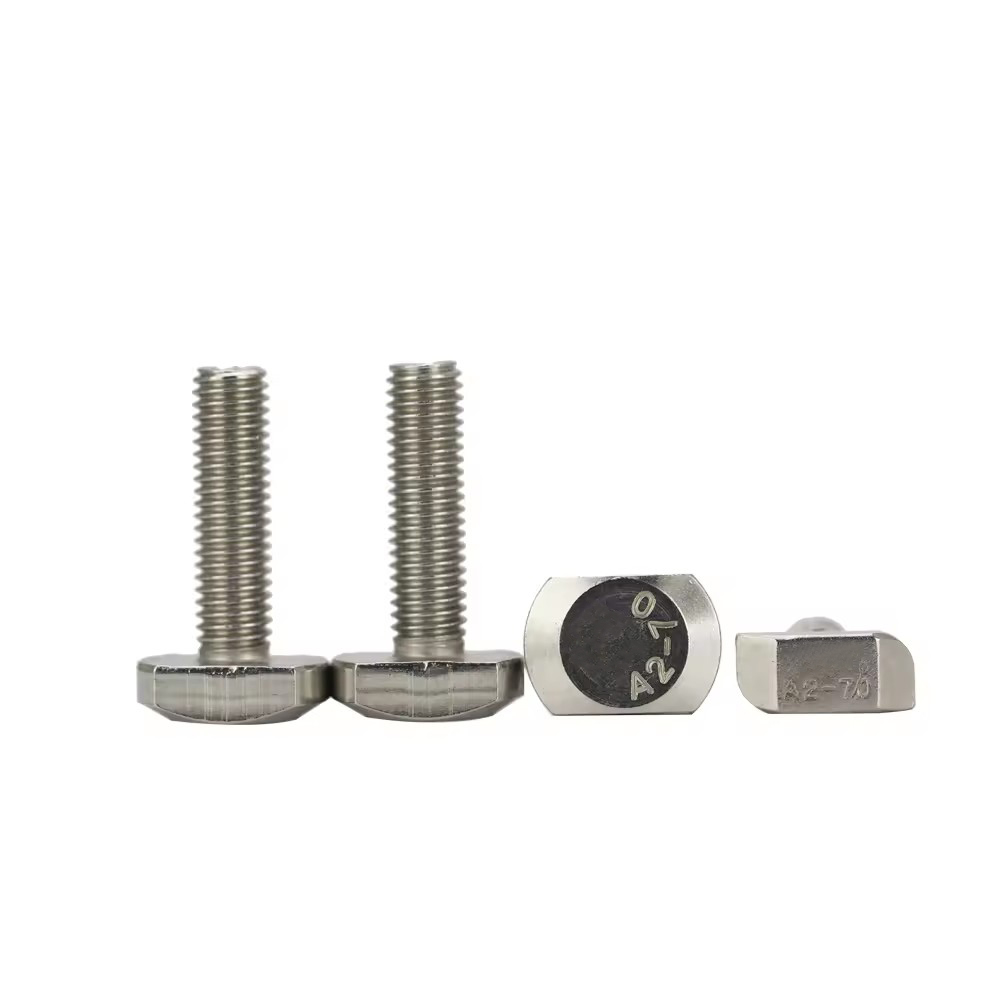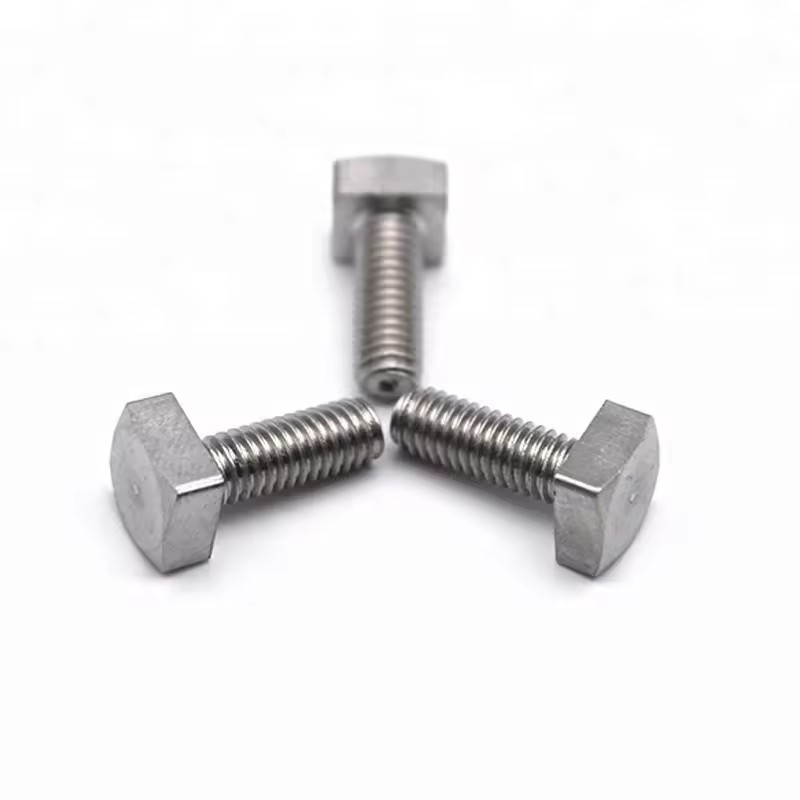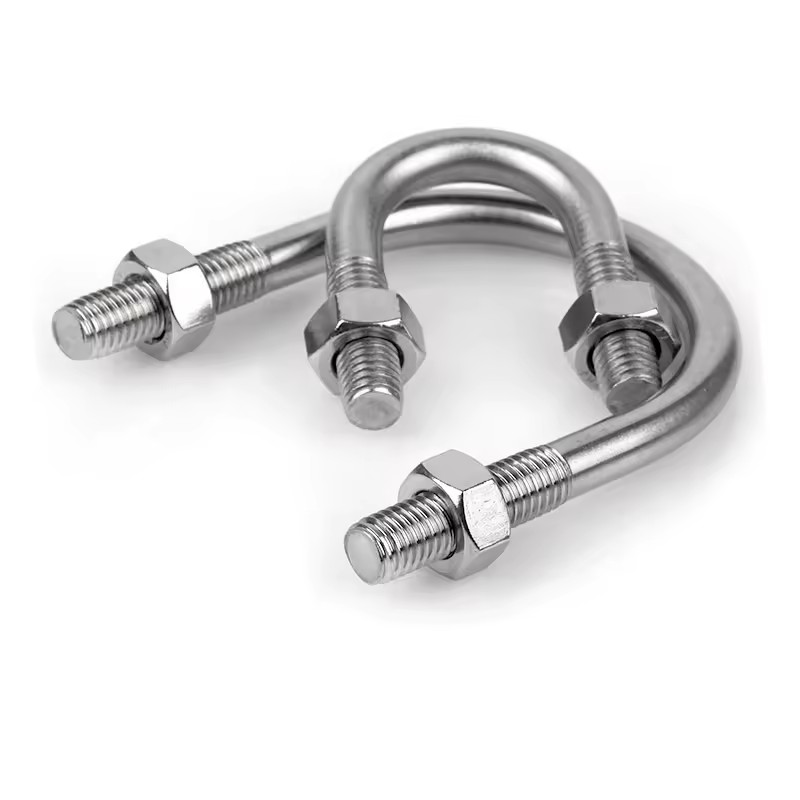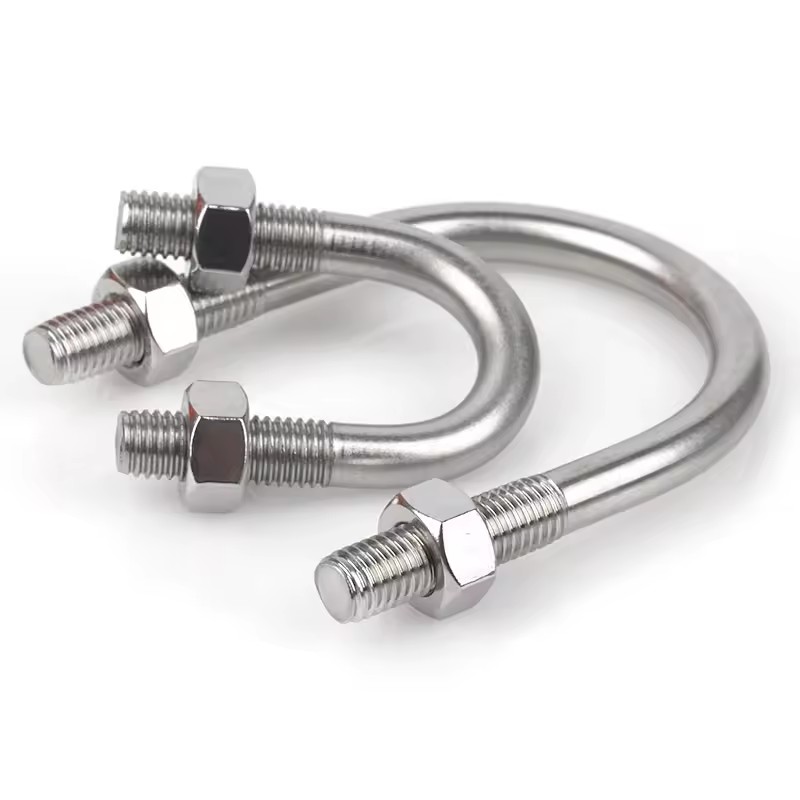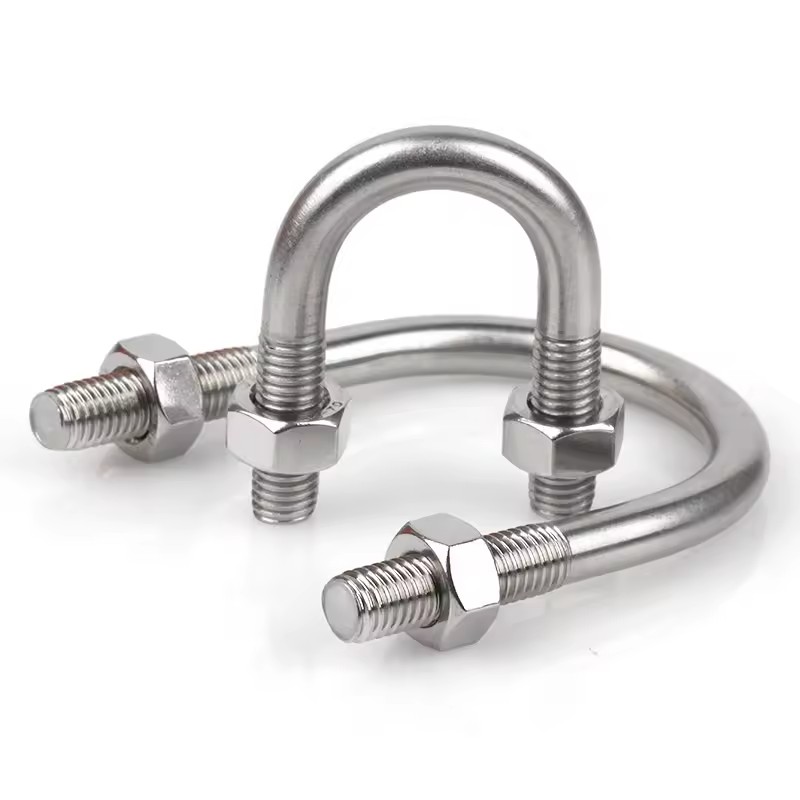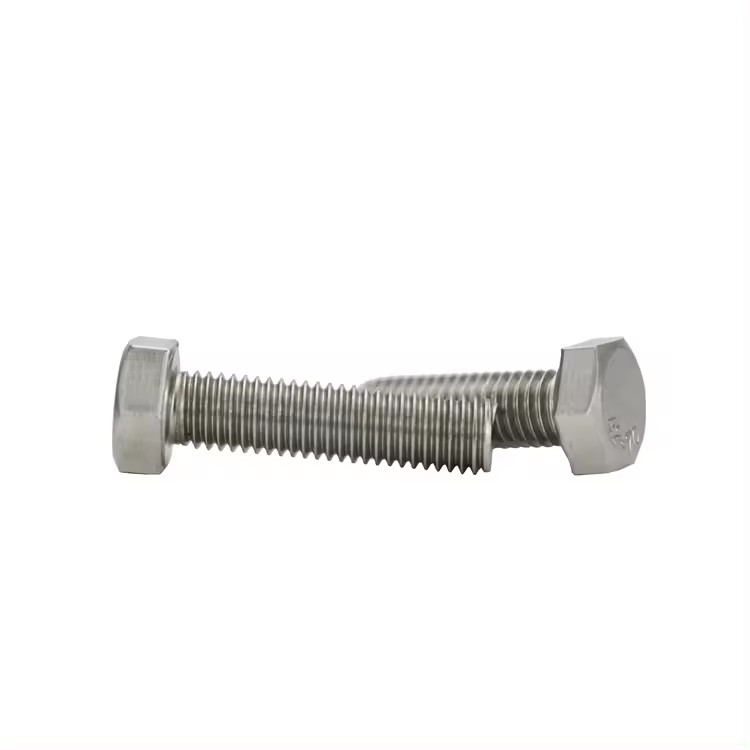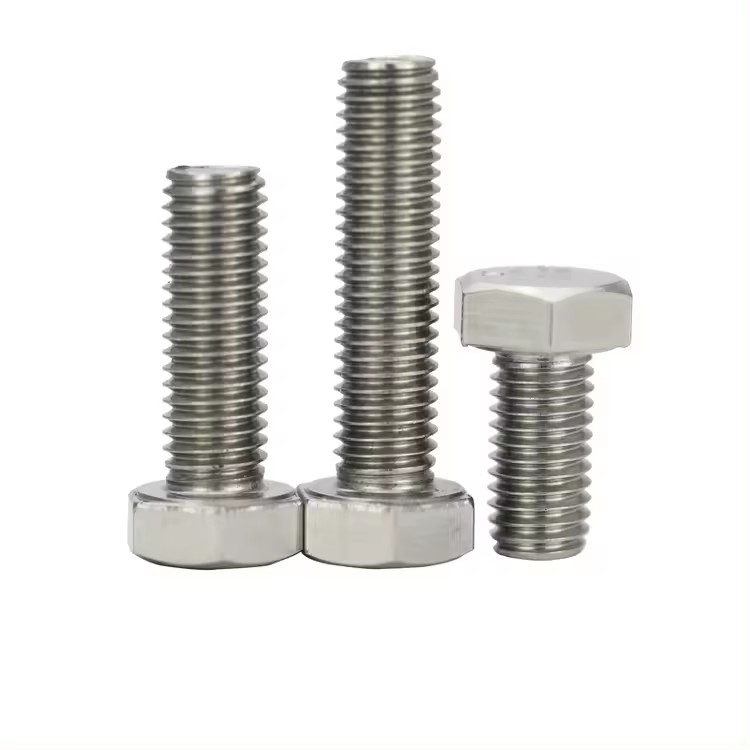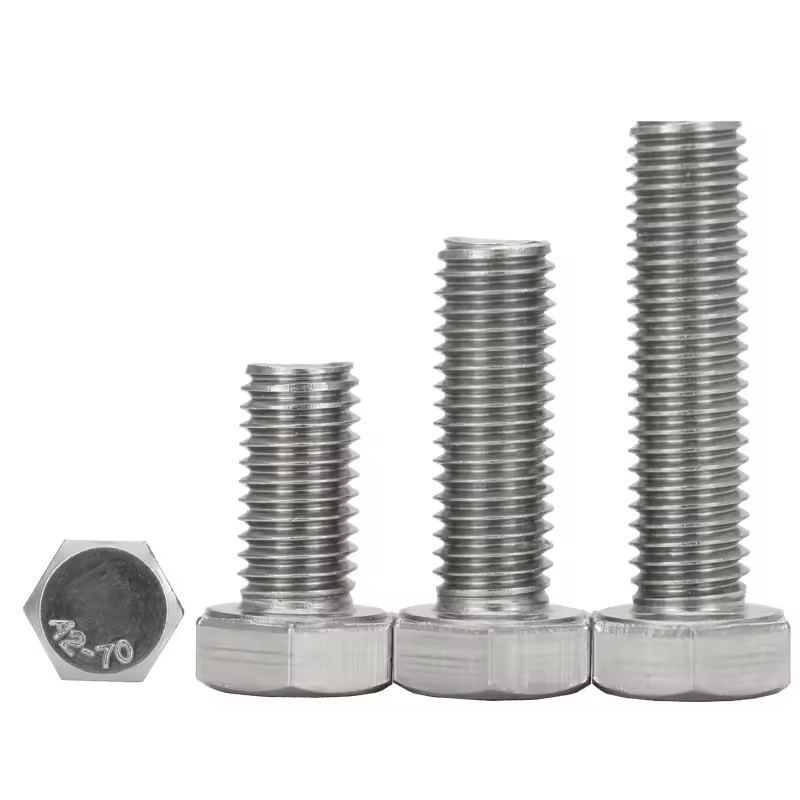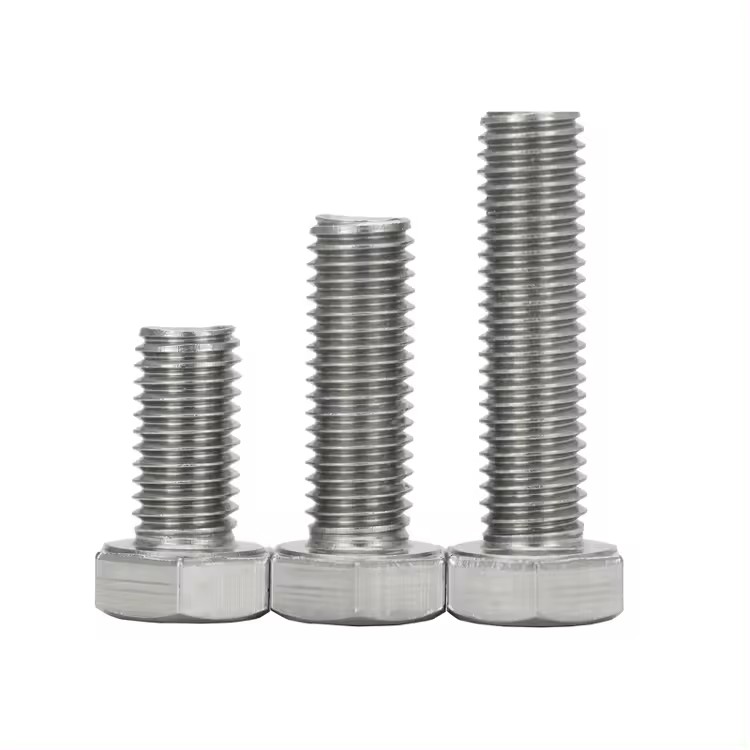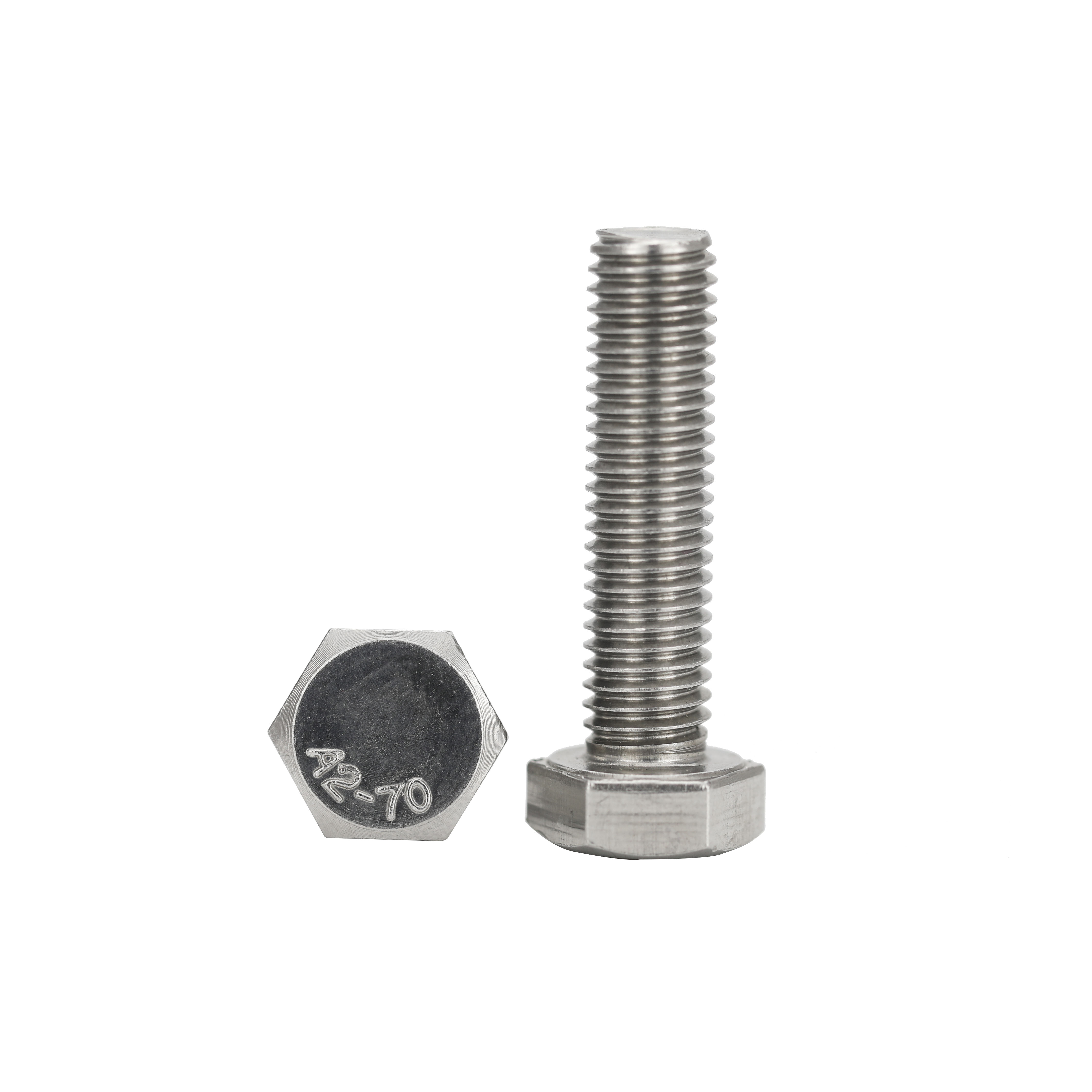If you’re researching solar panels for your home, you’ve likely spent hours comparing wattage, efficiency ratings, and inverter types. But there’s a crucial component that rarely gets the spotlight, despite being the literal foundation of your entire system: the mounting hardware, often colloquially called solar bolts or solar fasteners.
This guide will demystify this essential part of your solar array. We’ll move beyond the basic term and explore everything you need to know about solar panel racking systems, ensuring your investment is secure, efficient, and built to last for decades.
More Than Just “Bolts”: Understanding the Solar Racking System
While “solar bolts” is a common search term, it’s a bit of a misnomer. You’re not just buying a box of bolts; you’re investing in a complete solar mounting structure. This system, also known as “racking,” is the interconnected assembly of rails, clamps, brackets, and yes, high-strength fasteners, that securely attaches your panels to your roof or the ground.
Think of it this way: the panels are the engine, but the racking is the chassis. A weak chassis compromises the entire vehicle. A high-quality solar mounting system is non-negotiable for performance and safety.
Why Your Choice of Mounting System Matters
Choosing the right hardware isn’t just about holding panels in place. The correct system addresses several critical factors:
- Structural Integrity: Your roof must support the weight of the panels, especially under snow and wind loads. The racking distributes this weight evenly and is engineered to meet strict regional building codes for wind uplift.
- Waterproofing: A paramount concern for roof-mounted systems. Quality solar mounting solutions integrate seamlessly with your roofing material, using flashing and seals to prevent leaks, protecting the asset you’re trying to add value to—your home.
- Performance and Longevity: Properly installed racking allows for airflow beneath the panels, which cools them down. Cooler panels operate more efficiently and degrade slower over time. The right solar installation hardware is also made from corrosion-resistant materials like aluminum and stainless steel to withstand decades of harsh weather.
- Aesthetics: A clean, low-profile installation looks professional and maintains your home’s curb appeal.
Key Components of a Solar Racking System
Let’s break down the terminology you’ll encounter beyond just “solar module fasteners.”
- Mounting Rails: The long aluminum bars that run along your roof. Panels are attached to these rails.
- L-Feet / Mounting Brackets: These are the components that actually connect the rails to your roof rafters. They are the critical link for strength.
- Mid Clamps and End Clamps: These specialized clamps grip the edges of the solar panels to hold them firmly to the mounting rails. They are tightened with specific bolts.
- Flashings: Integrated with the L-Feet, these are waterproof barriers that seal the penetration points in your roof.
- The Fasteners Themselves: This is where the “solar bolts” come in. They include:
- Lag Bolts: Large, sturdy screws that secure the L-Feet into the roof rafters.
- Rail Nuts and Bolts: Used to connect rails to L-Feet and to join rail sections together.
- Clamp Bolts: The smaller bolts that tighten the mid and end clamps onto the panels.
Types of Residential Solar Mounting Systems
There are two primary methods for installing panels on a pitched roof:
- Penetrating (Railed) Mounts: This is the most common and robust method. The L-Feet are secured directly to the roof rafters with lag bolts, creating a strong, secure connection. While it requires penetrating the roof, a proper installation with integrated flashing makes it completely watertight.
- Ballasted (Non-Penetrating) Systems: More common on flat commercial roofs but sometimes used in residential settings. These systems use weighted blocks to hold the array in place without any roof penetrations. However, they are heavier and not suitable for all sloped roofs.
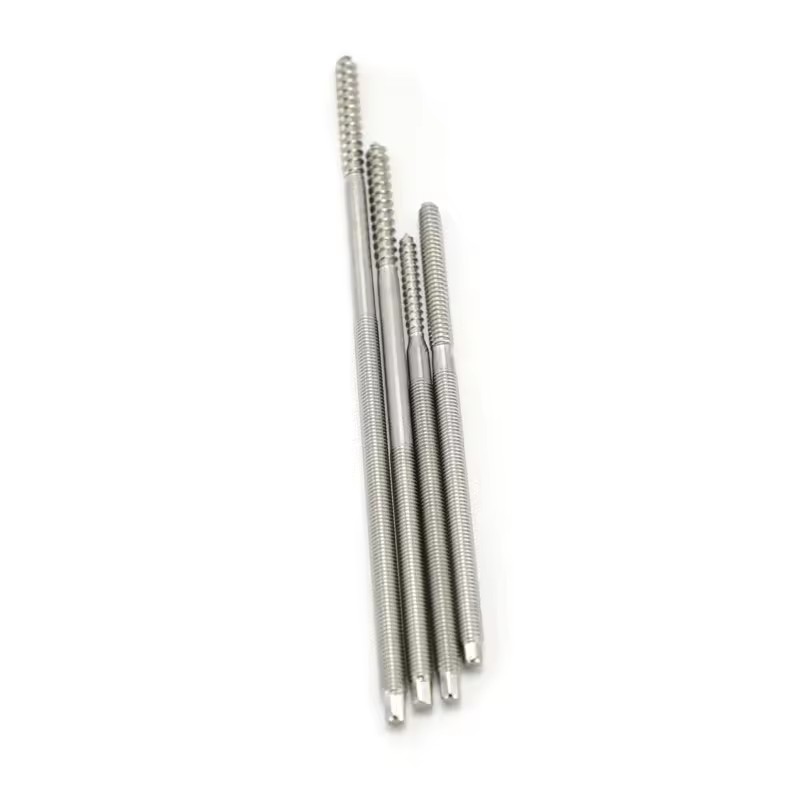
Crucial Considerations for a Secure Installation
When evaluating your solar racking options, keep these points in mind:
- Roof Material: The best mounting approach differs drastically between asphalt shingles, tile roofs, metal roofs, and flat membranes. Your installer will choose a system compatible with your roof type.
- Local Climate: If you live in a region with heavy snow, high winds, or coastal salt spray, your racking system must be rated for those specific conditions. The solar attachment hardware must be made of marine-grade stainless steel in corrosive environments.
- Building Codes: All equipment must meet international standards (like UL 2703) and local building codes. A reputable installer will handle all permits and ensure the system’s engineering is up to code.
- Warranty: High-quality racking systems come with a 20 to 25-year warranty, often matching the warranty of your solar panels themselves.
The Installation Process: Precision is Key
A proper installation is a meticulous process:
- Engineering Plan: The system layout is designed specific to your roof’s structure.
- Rafter Finding: Installers use specialized tools to locate the exact center of your roof rafters to ensure a strong connection.
- Flashing Installation: Each L-Foot is placed with its flashing and sealed.
- Rail Attachment: Rails are secured to the L-Feets and leveled perfectly.
- Panel Placement: Panels are carefully placed onto the rails.
- Clamping: Mid and end clamps are secured with a torque wrench to the manufacturer’s exact specifications. This is a critical step. Over-tightening can crack the panel’s glass frame, while under-tightening can lead to a loose panel in high winds.
Final Thoughts: The Unseen Hero of Solar
Your solar panels are a marvel of technology, but they would be nothing more than expensive patio covers without a robust, well-engineered mounting system. While the term “solar bolts” simplifies the concept, understanding the complexity and importance of the entire solar racking and mounting ecosystem is vital for any homeowner.
By choosing a quality system and a certified, experienced installer who pays attention to these critical details, you ensure that your clean energy investment remains safe, secure, and producing power optimally for the next 25 years or more. Don’t let the foundation of your solar journey be an afterthought.


